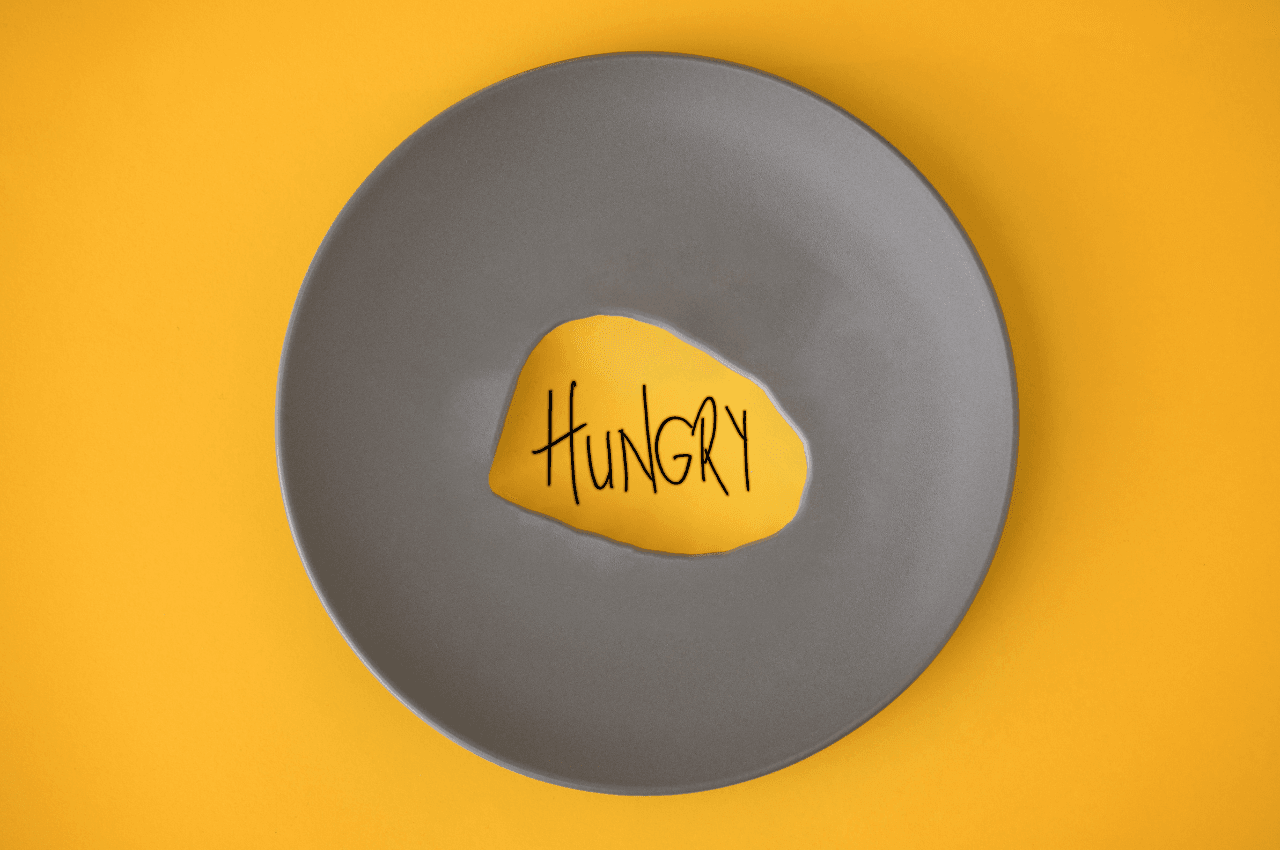Gestational Diabetes: What You Need To Know
•Wellbeing

Share
Gestational diabetes is a type of diabetes that occurs during pregnancy. It’s the fastest growing type of diabetes in Australia! Between 5 and 10 per cent of pregnant women will develop it.
It doesn’t mean you’ll have diabetes for life – it generally goes away after delivery, but about 50% of people who developed it during pregnancy develop type 2 diabetes later in life.
How Does It Develop?
During pregnancy, the hormones made by the placenta to help the baby grow can stop the mother’s insulin from working effectively, otherwise known as insulin resistance. As the baby grows, the mother’s body has to make more insulin to keep blood glucose in a normal glucose range.
The amount of insulin to regulate blood glucose levels gets to be two to three times higher by the third trimester, and if the body isn’t producing enough insulin, the mother will develop gestational diabetes.
Who Is At Risk?
Anyone can develop gestational diabetes, but you are at an increased risk if you:
Are over 40 years of age
Have a family history of type 2 diabetes
Are of Aboriginal and Torres Strait Islander descent
Are of South Asian descent
Take antipsychotic or steroid medications
Are overweight or obese
Have polycystic ovary syndrome (PCOS)
Have had a previous complicated pregnancy
Have previously had a baby with a birth weight over 4.5kg
Will It Harm The Baby?
Most people who develop gestational diabetes still give birth to healthy babies, especially those who keep blood sugar under control, eat a healthy, balanced diet, engage in regular physical activity and maintain a healthy weight.
In some cases, the baby can be affected.
Macrosomia: The baby is born larger than normal (4kg+).
Hypoglycaemia: Baby’s blood sugar is too low.
Jaundice: Baby’s skin turns a yellow-like colour, whites of the eyes may also change colour slightly – if treated, it's not serious for the baby.
Respiratory Distress Syndrome: Baby has trouble breathing.
Type 2 Diabetes: Baby has an increased risk of developing type 2 diabetes later in life.
Will It Affect Delivery?
Most women with gestational diabetes can make it to their due date and begin labour naturally. In some cases, it could change how your baby is delivered.
Early Delivery: Women with gestational diabetes are at a higher risk of developing preeclampsia late in their pregnancy – the only cure is to deliver the baby, which is not always an option for your health or the health of the baby.
Surgical Delivery: More likely to have a c-section.
Risk Of Future Diabetes: You’re more likely to get it again during a future pregnancy and have a higher risk of developing type 2 diabetes as you get older.
How To Manage It
Monitoring your blood glucose levels is crucial in managing gestational diabetes. It serves as a guide as to whether lifestyle changes have been effective or if you need further treatment.
Diet: Healthy and balanced. Choose foods rich in calcium, iron and folic acid. Reduce your saturated fat intake by limiting processed foods.
Regular Exercise: Keep active during your pregnant, even low-impact exercises like walking can help control blood glucose levels.
Insulin Injections: Not every woman will need this, but some women may require insulin injections to keep their blood glucose level in the normal range.
The Bottom Line
Women with gestational diabetes can still give birth to perfectly healthy babies without complication, and it generally goes away after delivery!
Some people are at higher risks than others, but maintaining optimal health through a nutrient-rich diet and regular physical activity can lower your chances of developing it.






